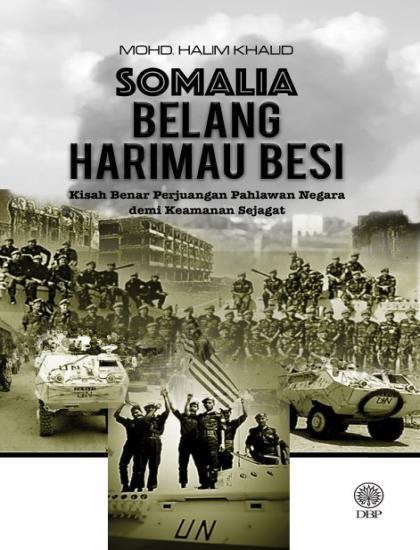
SHAH ALAM: Book review Somalia Belang Harimau Besi. Major General Mohd Halim Khalid, the highest ranking decorated soldier in service has written a book on his experiences during the Somalia peacekeeping operation. The book entitled Somalia Belang Harimau Besi (Somalia the Stripes (Imprint) of the Iron Tiger) is published by Dewan Bahasa dan Pustaka. The book was formally launched by Army chief General Zamrose Mohd Zain at the Kem Lapangan Terbang Sungai Petani, in Kedah on 25 March.
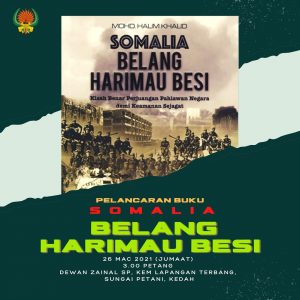
The poster for the launch of the book.
I bought the book via the DBP online store three days later and it arrived in early April. However as I realised that Ramadan was coming I decided to wait to post a review of the book.
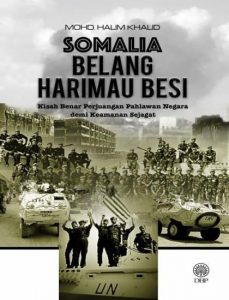
The cover of the book
Malaysian Defence readers are probably aware of the author who has been featured here previously. However the book did not provide his current position nor give even a cursory details of his personal background, something that should be rectified if the book is given a second printing.
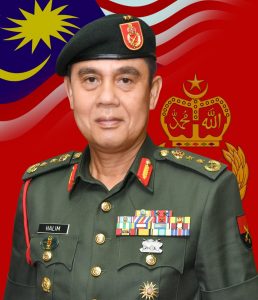
Major General Dato Abdul Halim Khalid. Note the PGB diagonal stripes of white, blue, yellow and red ribbon.
In his preface, Mohd Halim stated that he was asked why he wrote the book so long after the events in 1993, and he answered that even he did not know the real reason for it. Anyhow from the book we know Mohd Halim was a Captain in Company B of the 19th RMR that was assigned to the United Nations peacekeeping mission to Somalia in 1993. He was part of the lead team of soldiers who arrived in Mogadishu, the capital of Somalia in 19 June 1993. It took several months before Malbat I, the name of the Malaysian contingent to UNISOM II, to be fully complemented with its 850 soldiers and equipment. It went to action by July though when its main equipment the Condor APC arrived in Somalia using a cargo ship. And within two months later, the Malbatt 1 soldiers became legends with Mohd Halim awarded the PGB medal for his actions during the Benadir Supreme Court incident on 27 September. This was barely three months after his arrival in Somalia.
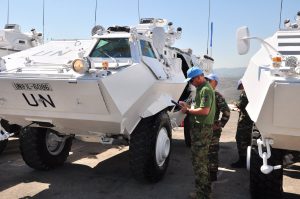
Condors of Malbatt in Lebanon undergoing annual inspection. Note the wedge shaped front end of the Condor which made them less vulnerable to RPGs as shown in Somalia. The vehicle is more vulnerable from the side though as the cabin is not as sloping as the front end.
In the incident, Mohd Halim, who was the executive officer of Company B led Platoon Six with five Condors (described in the book as Kenderaan Pengangkut Anggota (Troop Carrying Vehicle) armoured vehicles, and assigned to protect a group of UN officials visiting a court complex building.
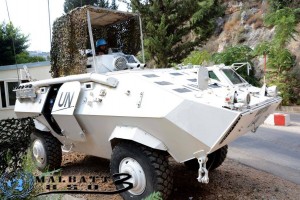
A Condor in service with the UNIFIL mission. This was the basic configuration of the Condor when it was in Somalia. Joint Force picture
Shortly after the UN officials arrived with the peacekeepers the court complex came under attack by a large number of Somali militias bent on taking hostage the officials. After an hour of shooting, they asked for a meeting with the UN officials, which Mohd Halim represented. A cease fire was agreed upon for the short meeting. They told Mohd Halim that they (Malaysian soldiers) will be spared if they allowed the militias to take the UN officials hostage, which he politely declined by asking his soldiers to restart firing on the militias. At this point, he decided to withdraw the platoon from the court complex taking with them the UN officials.
The PGB medal was awarded to Mohd Halim on June 4, 1994, at Istana Negara after Malbat I returned to Malaysia.
Black Hawk Down
Barely five days later, on 3 October 1993, Mohd Halim was in action again this time as part of the rescue mission to save trapped American troops made famous by the book Black Hawk Down and the movie of the same name. As the XO of Company B, Mohd Halim was involved in the planning for the rescue and was part of the 114 Malaysian soldiers involved in the rescue mission which turned into a firefight which resulted in the death of one and injuries to 10. However, Mohd Halim did not share his own recollection of the firefight at all, choosing instead to offer the recollections of others and the SP/PGB citations of those awarded in the firefight. The two other PGB holders who remained in service are also quoted in the book.
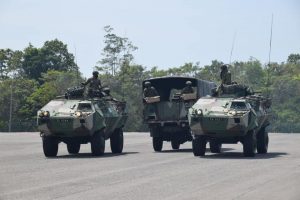
The Handalan 3 tonne cargo truck is used by various Army units for all types of duty. Here soldiers from 3 Armor demonstrates how they resupply Condor armoured vehicles with supplies. BTDM.
From the recollections, it appears that the Condors wedge-shaped front end had made the vehicles more survivable despite being hit by multiple RPGs. The four Condors damaged and abandoned in the firefight, based on my understanding of the book, were hit from the sides by multiple RPGs. It is interesting to note apart from the injuries suffered by the soldiers, the four Condors had to be abandoned as their electrical system failed resulting in all components to stop working. The abandoned vehicles were later destroyed by US gunships on the instructions from Malbatt 1 to prevent them from being used by the Somali militias. The death and injuries suffered by Malaysian soldiers were all due to RPGs.
The CO of Company A, Mejar Ab. Aziz Ab Latif, involved in the firefight made the recommendations to the Malbatt headquarters to destroy the damaged Condors. He and four others from the battle, two officers and two soldiers were awarded the PGB for their actions in the 15 hour battle that started on the evening of 3 October and ended at dawn on 4 October. The SP medal was awarded posthumously to the late Kpl Aznan Mat Awang – the driver of a Condor (ZA 9341) with A Company – who was killed in action in the firefight.
Conclusions
Mohd Halim wrote a chapter on how the rescue mission was portrayed as a disaster in the US media although the American units involved acknowledged the bravery of Malaysian soldiers involved in it. It must be noted that as the Americans did not involved the UN forces in their operations, the delays in the rescue mission after they ran into trouble was inevitable.
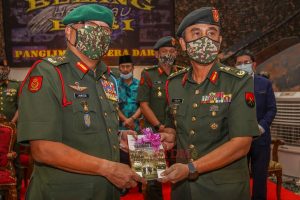
Army chief Gen Zamrose Mohd Zin and Fifth Division commander Maj Gen Mohd Halim posed with the book at the launch. BTDM
As a whole, I found the book interesting though I must admit that I was disappointed that Mohd Halim did not offer his personal insight of the rescue mission despite being in the thick of it. Another negative part was the quality of the pictures used in the book. Perhaps it was the decision by DBP to reduce the retail price of the book. This was the first book on the subject I read from a Malaysian perspective on the Somalia UN mission and the Bakara market incident. The other was Black Hawk Down. I highly recommended both and others on the UniSom if you can find them.
–Malaysian Defence
If you like this post, buy me an espresso. Paypal Payment

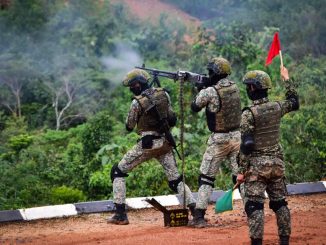
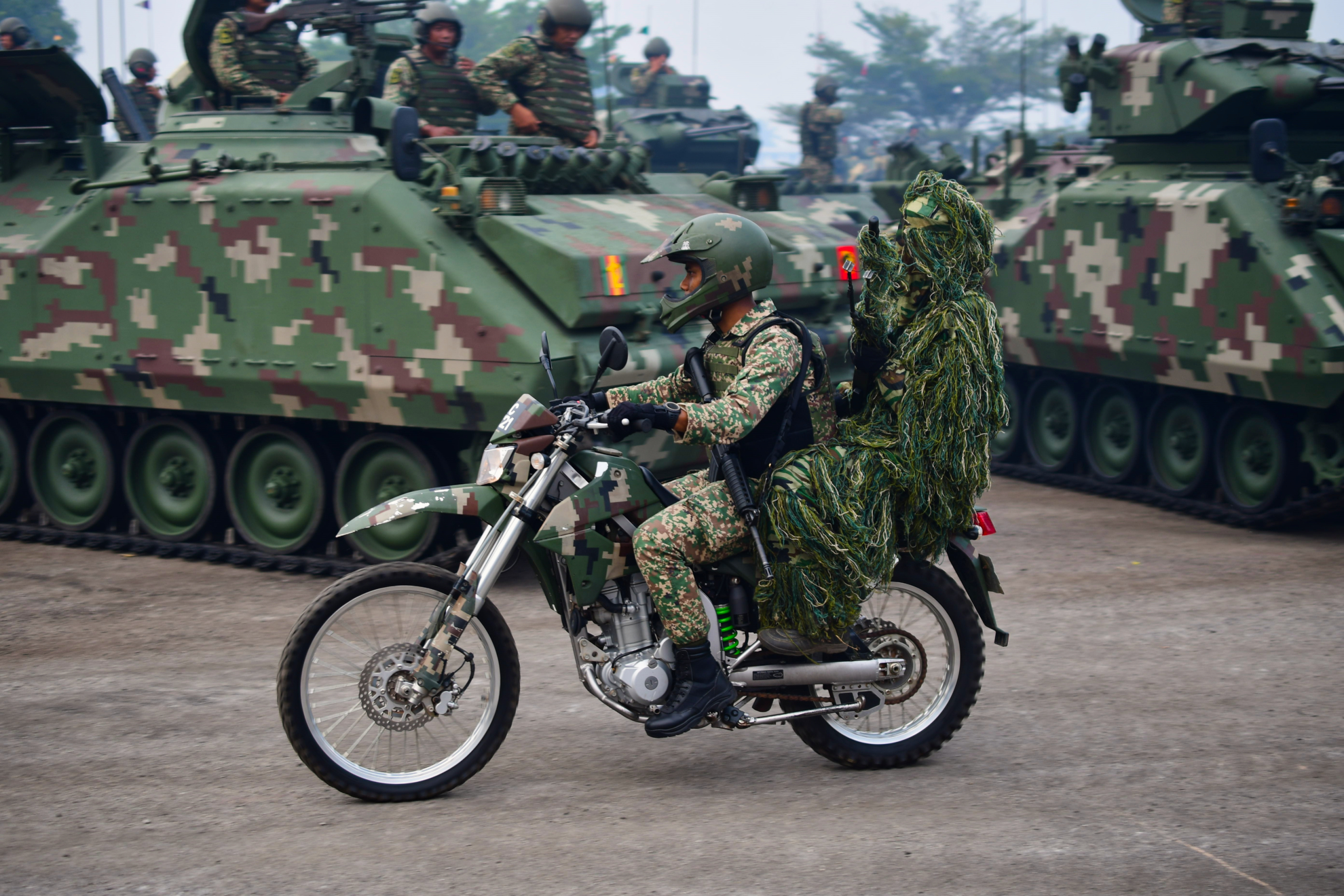
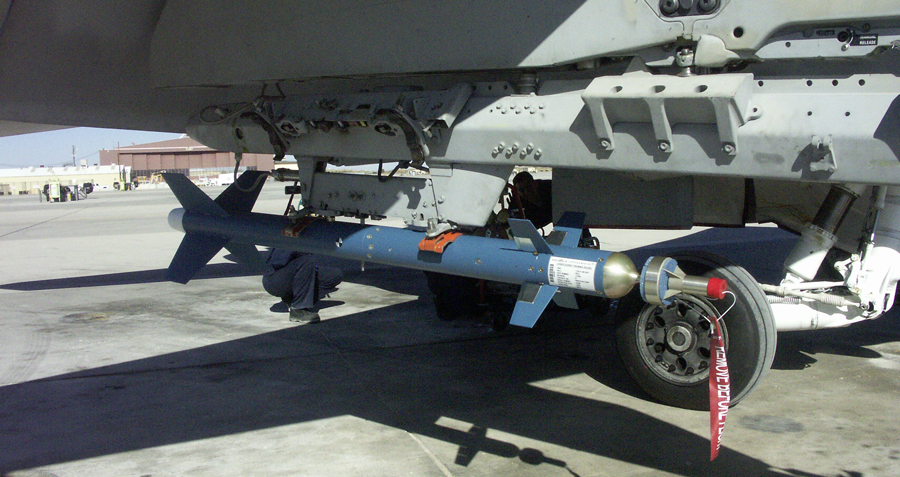
The next step would also be translating the book in english. Thanks for sharing the review with us Marhalim 😁
“Madness In Mogadishu” is one I’d recommend. The author lead a battalion of the 10th Mountain Division which rode the Condors.
The Condor he was in was hit by a RPG but miraculously it suffered only slight damage. A factor which prevented additional Condors from being hit was support provided by dismounted U.S. troops as well as rocket and mini gun fire from U.S. Little Birds. It was the author who proposed destroying the abandoned Condors; the request was passed on.
As part of the original plan Pakistani M-48s should have led the relief column but their lack of night vision required them to use search lights. This would have made them vulnerable to return fire; thus they backed off.
Reply
In the book, Mohd Halim recalled that the Pakistanis says the tank main guns were not operational as a reason for them to back out from the rescue mission. As for the lack of NV system, our Condors were also not equipped with them.
I can’t comment about the book itself since I haven’t read it, I do wish there is an English version to reach wider audience, but from your review of it I get a sense of humbleness and humility by the author from the onset.
To me this was shown by not having a profile writeup of the author himself, it seems he wanted to portray this a story of various people involved and not just his own. So leaving out details of the author could have been intentional.
Another intentional change I see is his willingness to share the Black Hawk Down attention with others personnel in that incident, letting them tell their story rather than his own as most authors would normally do. Or it could be their recollections were more vivid and detailed compared to his own but that’s just my assumption.
All in all, a commendable effort and it should be followed on more recent missions (ie Ops Fajar, Unfil, Timor Leste, Bosnia).
In the interview with Major Jeff Struecker, he mentioned that how Pakistani basically backing away just after getting shot at.
https://youtu.be/gFoefxX3rb8
Marhalim – ”As for the lack of NV system, our Condors were also not equipped with them”
Yes and most of the Task Force Ranger and troops in the relief column didn’t have NVGs either.
Ultimately the relief couldn’t have been performed without the Condors and the Condors didn’t suffer more losses because of support provided by U.S. dismounted troops and Little Birds. Another reminder of how in restricted terrain; AFVs will always play a supporting role to infantry.
Reply
The US troops dismounted from the Condors as they feel it was much safer outside.
‘Blachawk Down’ mentions troops feeling it was safer to be out of the Condors but ultimately they had to dismount to do their job of lining up and rescuing the trapped troops. It’ interesting to note that none of the U.S. troops [10 Mountain Division, Ranger, Para Jumpers Delta and SEALs had recent experience working with any APCs].
For more details on this incident, please read the book ’19 RAMD Mekanis Di Somalia’ DBP 1995 written by Syed Othman Syed Omar.